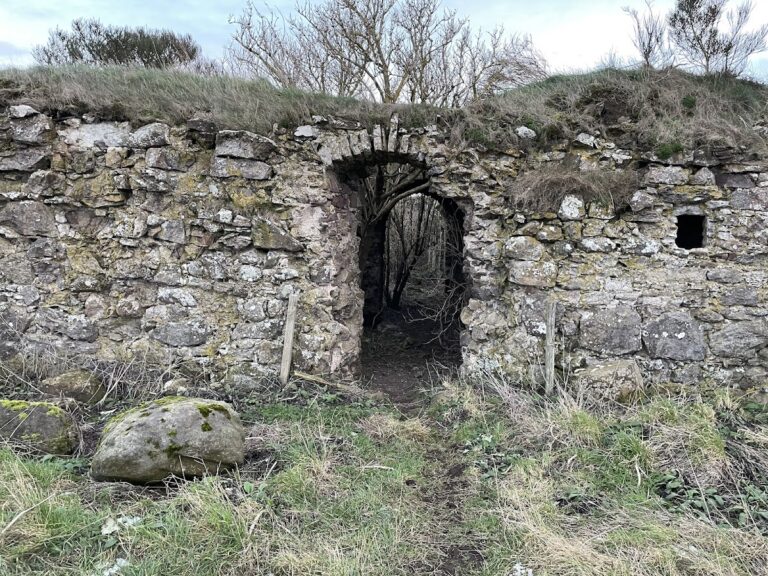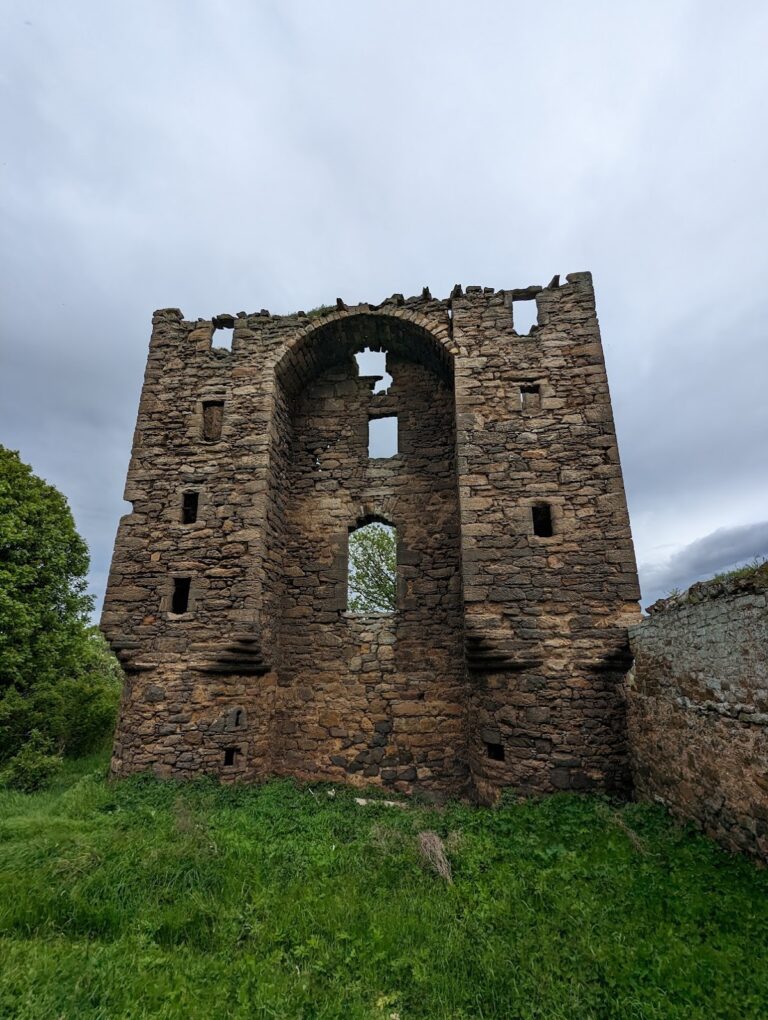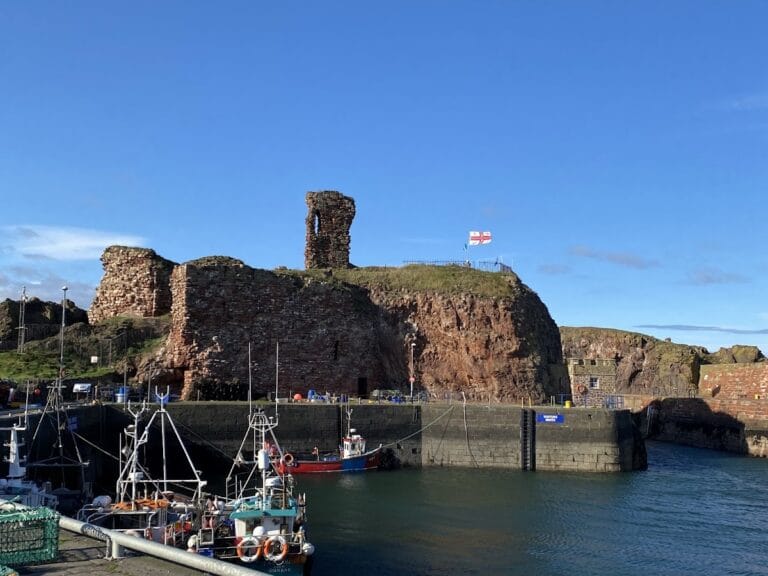Hailes Castle: A Medieval Scottish Fortress Near Haddington
Visitor Information
Google Rating: 4.4
Popularity: Low
Google Maps: View on Google Maps
Official Website: www.historicenvironment.scot
Country: United Kingdom
Civilization: Unclassified
Remains: Military
History
Hailes Castle is located near Haddington in Scotland and was built by medieval Scottish nobility. Its origins date back to before the 14th century when it was first established as a fortified tower house by Hugo de Gourlay. The de Gourlay family, originally supporters of England during Scotland’s Wars of Independence, lost their lands, which were subsequently granted to Sir Adam de Hepburn under King David II’s reign.
By the mid-15th century, the castle’s importance grew under Sir Patrick Hepburn, the first Lord Hailes, who in 1451 received a royal charter establishing the Barony of Hailes. This official recognition combined several lands previously held by the Earls of March. Patrick Hepburn significantly enlarged the castle, adding a dominant four-storey tower on its western side and a lower tower to the east, which together formed a lengthy range facing the nearby River Tyne.
Hailes Castle played a role in several military conflicts. Around 1400, it successfully withstood an assault led by Harry Hotspur Percy, allied with the Earl of March. However, in 1443, the castle fell to Archibald Dunbar, who killed all its defenders. During the turbulent period known as the Rough Wooing in 1547-48, the castle was occupied by John Lord Borthwick in support of the Scottish Regent Arran. English forces briefly held it after the Battle of Pinkie, but it was later retaken and deliberately damaged (slighted) by the Regent to prevent further use by the enemy.
In 1567, Hailes Castle was the setting for an important event when James Hepburn, the 4th Earl of Bothwell, hosted Mary, Queen of Scots shortly before the Battle of Carberry Hill. However, Bothwell’s properties, including the castle, were later confiscated by the Crown after his fall from power. Nearly a century later, in 1650, Oliver Cromwell’s forces partially slighted the castle following the Battle of Dunbar.
Ownership changed hands several times after the 17th century, passing through the Stewart and Seton families before coming to the Dalrymple family by around 1700. By the 19th century, Hailes Castle had lost its military function and was adapted to serve as a granary, prompting the Dalrymples to move residence to Newhailes House nearby. In the 20th century, starting in 1926, the castle came under government care and is now managed by Historic Environment Scotland. Since 2020, concerns about safety have limited access inside the castle buildings. In 2024, the castle was put up for auction.
Remains
Hailes Castle is set on a raised promontory above the River Tyne, a strategic position that controlled river access and the route toward Edinburgh. The site is enclosed by a substantial curtain wall believed to have been constructed in the 13th century. This thick stone wall forms a strong defensive barrier around the castle grounds.
The most prominent feature that survives today is the West Tower, a large square-shaped dojon, or keep, rising at least four storeys high. Built in the 15th century by the Hepburn family, this massive tower dominates the site and is much larger than the remains of the original central tower, which was initially constructed before 1300 by the de Gourlays and was likely rebuilt during the 16th century. Unlike the West Tower, the original tower was later converted for a different use as a dovecot, a structure designed for housing pigeons.
To the east, a lower tower once stood as part of the castle’s long northern range but now only a fragment of its stonework remains. Together, these towers defined the length of the castle’s north elevation facing the river.
Within the curtain wall, a roofless chamber dating from the 15th century has been identified as a chapel rather than a hall. This is evidenced by specific architectural details such as a piscina, which is a stone basin used for washing liturgical vessels, and an ambry, a recessed cupboard for storing sacred items. Modifications to the chapel included changing a finely crafted window into a door, while another window opening was converted into a door as well, but the piscina remains visible on the wall.
Beneath this chapel chamber lies a vaulted basement area containing a bakehouse and brewhouse from the same century. The vaulted construction provided sturdy, fireproof spaces for food preparation and storage, typical of castles aiming to be self-sufficient.
The south side of the castle was enclosed by a walled courtyard added by the Hepburn family, creating an inner space protected from attack. The stonework throughout the site is mainly dressed and rubble masonry, demonstrating traditional medieval building methods used for defense and durability.
Today, much of Hailes Castle lies in ruin. Parts of the structure are roofless, and several elements survive only as fragments. These remains provide a testament to its long history and evolving functions, reflecting centuries of Scottish medieval life and conflict.










